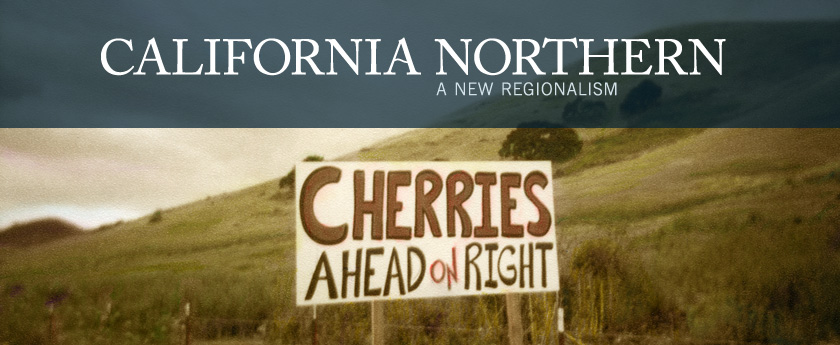Notes from the Field
Oakdale, Stanislaus County
By Kate Johnson
Drive east from the sleek, cyber-tech world of Silicon Valley, leaving behind the palm-lined streets of Stanford University and the upscale coffee shops of Palo Alto, the students and the CEOs, the free wi-fi and the five-dollar lattes. Skirt the South Bay, and link to the bold lines of Highways 880, 680, 580, and 205. Seek the thinner streak of Highway 99, and then the wandering, two-lane strip of 120. After two hours—more in heavy evening traffic, less when we depart under a blank early dawn—120 merges with 108 and turns sharply left. This is Oakdale.
Drive two hours further, and arrive in the High Sierra: Sonora Pass, Yosemite Valley, Tuolumne Meadows.
Oakdale is halfway to the Sierras from home. I have known this from the hot August afternoon that I first came here, my college diploma barely two months old, with an old backpack and a new bear canister rolling noisily between the wheel wells in the bed of my pickup. On that first visit I stayed in Oakdale only ten minutes. Standing at a gas pump, looking out along the highway, I imagined that I could already taste the clear air of the mountains trickling down to mix with the fumes from the petroleum and the hot, heavy Central Valley haze.
Back in the car, I called my boyfriend on my cell phone. “I’m in Oakdale,” I told him through the headset. Although I knew that Dan had driven this way before, on countless rock climbing trips, I didn’t think the name would mean anything to him.
“You’re in Oakdale? We always stop in Oakdale! Are you at the Raley’s?”
I have learned, since then, that everyone stops in Oakdale. The path of the highway makes Oakdale inevitable, cutting straight through the town’s center, inundating Main Street with a weekly wash of Yosemite traffic. And Oakdale harbors the most indispensable of amenities: water and coffee and food, and safety pins to patch holes that the trees along the trail have torn in my backpack, and fabric tape to patch holes that the sharp Sierra granite rocks have torn in Dan’s fingers. In Oakdale, where we idle weekend after weekend at each of the four brief stoplights, all of these things are only a left-hand turn away.
Point Reyes National Seashore, Marin County
By Will Clark
In early March a friend suggested we head up to Point Reyes National Seashore, a strip of protected land that elbows its way into the Pacific Ocean, for a hike. Point Reyes is less than an hour’s drive north from the Golden Gate Bridge, so I’ve been there often, and hiked nearly every mile of its trails. We got a late start out of San Francisco, and didn’t arrive in Point Reyes until nearly 4:00 p.m. We hadn’t settled on a route yet but as soon as we started walking we were both struck by a desire for something long and remote, and decided on a fourteen-mile loop I’d done a few times before, despite knowing that two-thirds of our trip would be in the dark. I’ve backpacked on three continents, and throughout most of the Western United States, but I’ve never walked more than a few miles in pitch darkness.
We started up the Bear Valley Trail, passing several large crowds of people leaving the park. Point Reyes is replete with photogenic landscapes, and its proximity to the city means it is often packed on weekends with day-use hikers and people wanting to spend at least a couple hours in nature.
For me, Point Reyes is a miniaturized national park. It has an exceptional density and variety of plant communities. Four hundred eighty species of birds have been recorded there, a number nearly equal to half of all those in North America, and as an amateur birdwatcher I’m always eager to catch a glimpse of as many as possible.
The above are excerpts of Issue 5’s Notes from the Field

